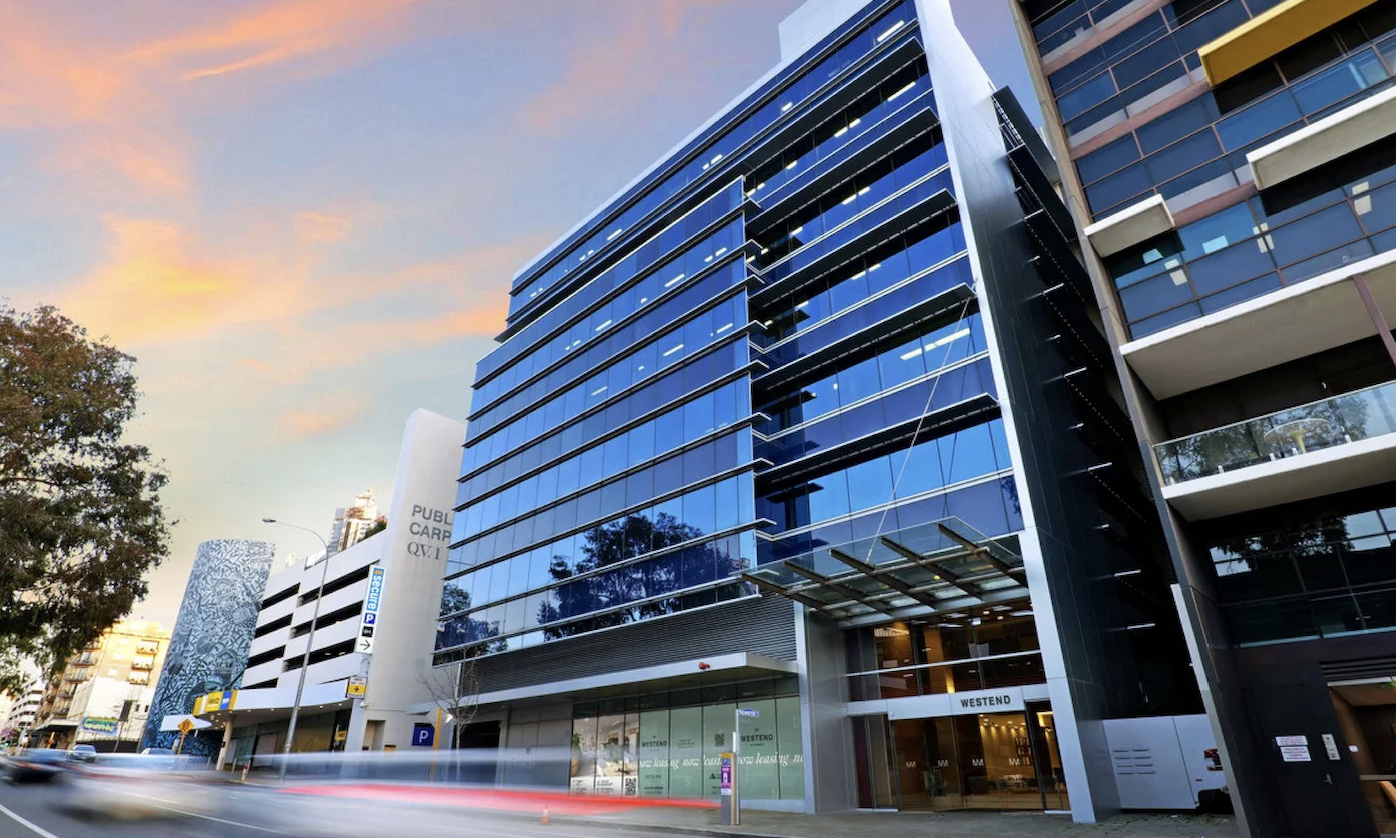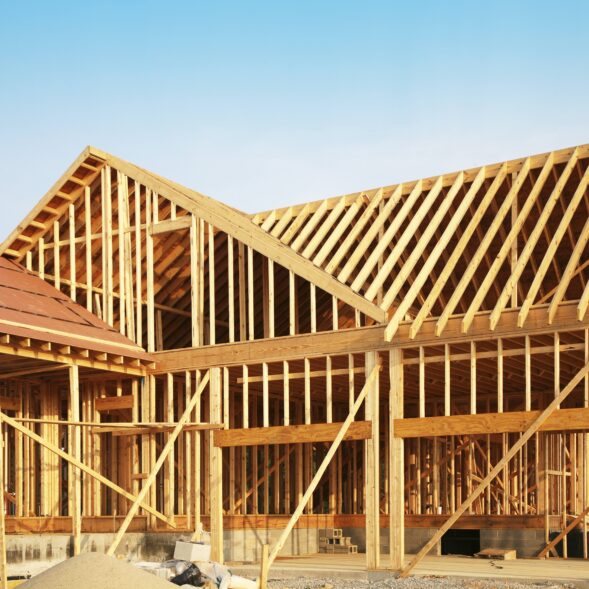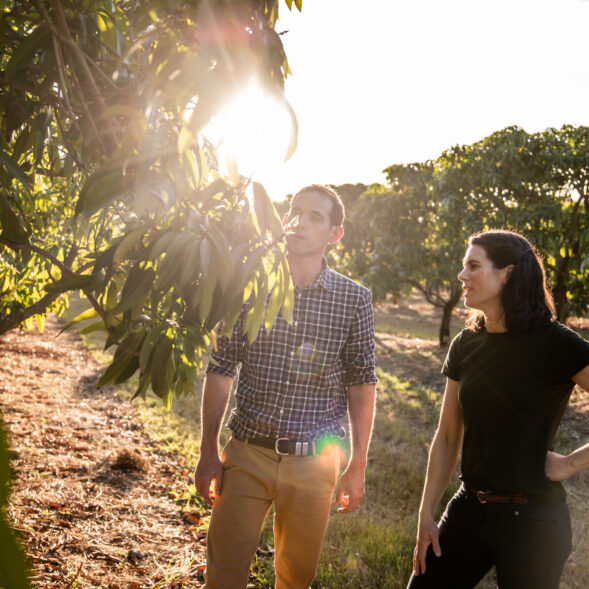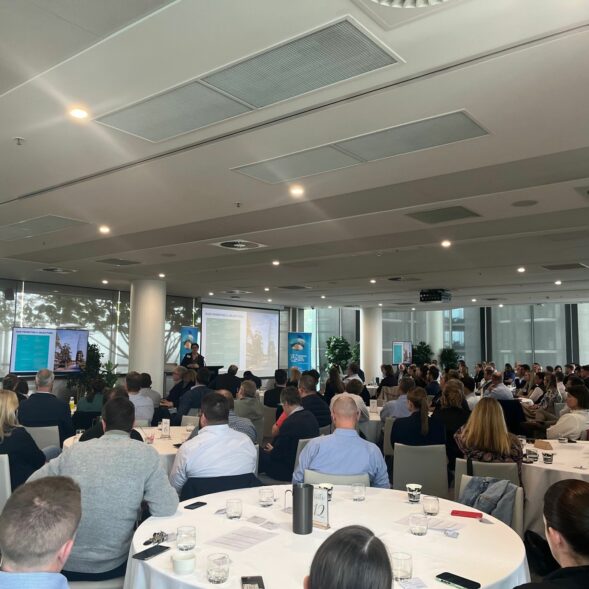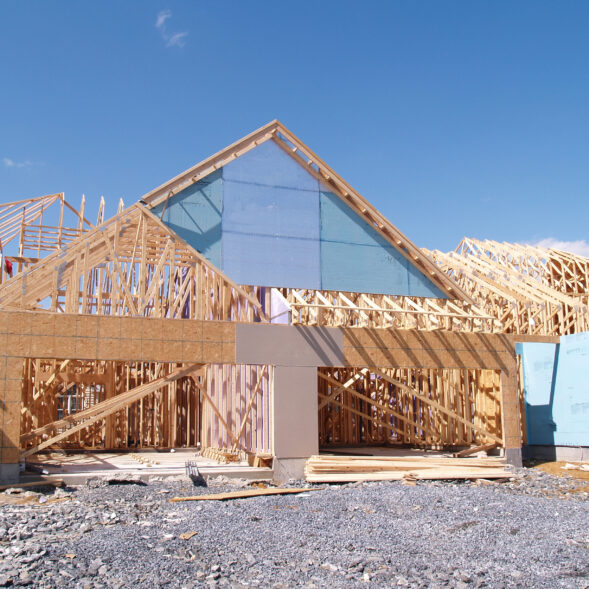The Australian industrial market segment is going through an adjustment period of stabilisation after showing record growth post the COVID-19 pandemic (2021 to Quarter 2, 2023). The key factors to this stabilisation appear to be consistent interest rate rises post May 2022, declining consumer confidence, and the increased cost of construction materials and labour.
Throughout 2024, a real measure of this was the reported reduction in transaction volumes, particularly for properties in excess of $20 million.
Further inflationary pressures and declines in residential markets are expected to have additional flow on effects to the industrial segment going forward. Higher construction costs as well as planning and servicing delays in several key precincts have created further complexity. These affect the feasibility of new projects which is likely to have an impact on the future supply pipeline of industrial space.
A key factor to stabilisation across this market is vacancy rates. For example, along the eastern seaboard our major capital cities have seen these rates increase. Sydney for example has seen vacancies increase nearly double (currently at 3.75 per cent), with Melbourne rising to approximately 3.1 per cent and Brisbane at near 3.4 per cent. This is largely due to ongoing supply additions, the market flipping to the tenant’s favour and tenants taking longer to make occupation decisions.
In addition to vacancy increases, we are seeing higher incentives across all precincts. As a byproduct, prime net face rents in Sydney’s industrial market have held flat since late 2023, with prime net face rents still up marginally across all Melbourne, with six per cent growth over the past year as the flight to quality continues.
Overall transactional activity sub $20 million remains at somewhat steady levels, still driven by both opportunistic and value-add transactions, giving rise to the thinking that confidence in the longer term exists as investors recalibrate risk and return expectations. Continued talk of interest rate cuts next year should further boost investor sentiment, while the yield stabilisation and retraction over the four quarters suggests that the market is nearing its cyclical low.
The industrial investment market remains one of the most sought-after asset classes because it is relatively low risk and has long-term growth potential in comparison to retail or office style assets. Prime industrial yields have also stabilised more quickly than other sectors, indicating pricing adjustment has likely completed. Land values have generally held firm across the major Australian markets. This is due to a continued lack of land ready to be developed and available for purchase, continued land banking by major developers and more recently, a surge in owner-occupiers.
Lower inflation and interest rates, which we expect to see next year, will have a flow on effect to the logistics sector through a return to greater spending. Population growth will also contribute to a potential pickup in the industrial sector once more.
In final overview, the industrial market has strengthened significantly over the past five years yet is showing signs of overheating across 2024. Submarkets where supply moderately outpaces long-term take-up volumes include Brisbane’s west, Melbourne’s north and west and Adelaide’s outer north, however in each case, vacancy rates remain well below balanced levels.
Nick Michael



